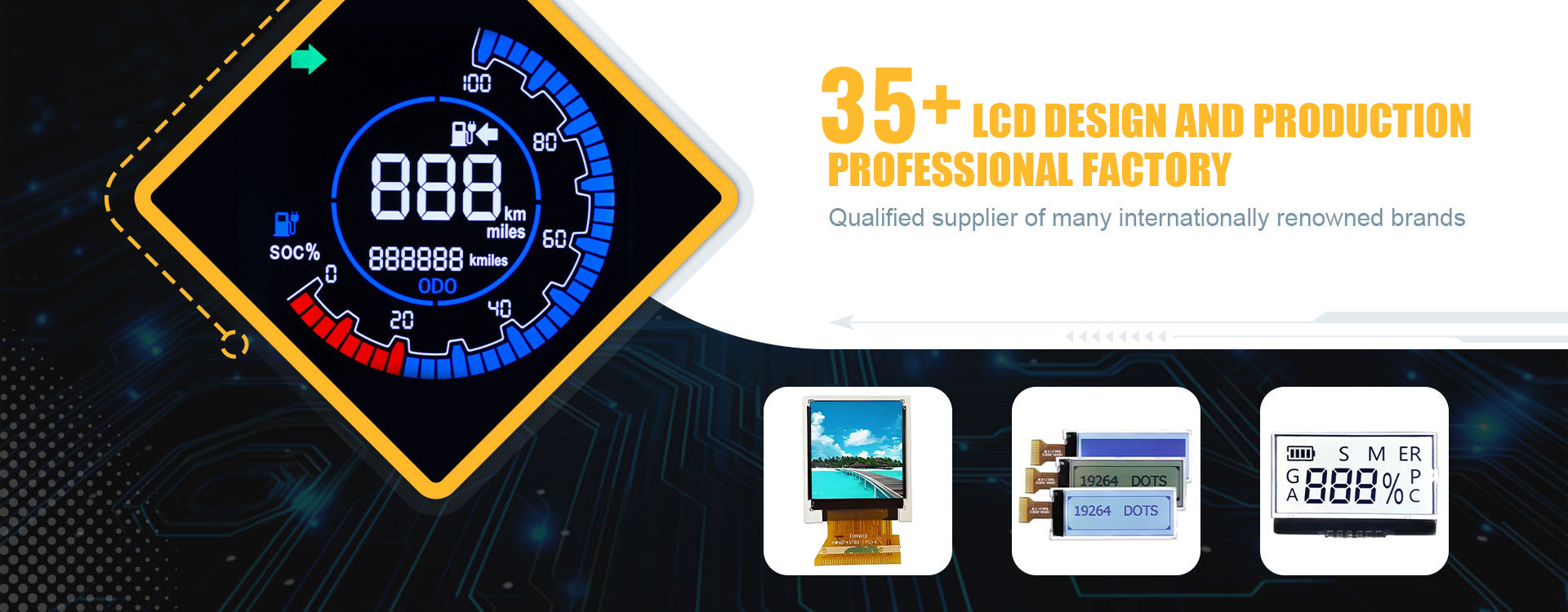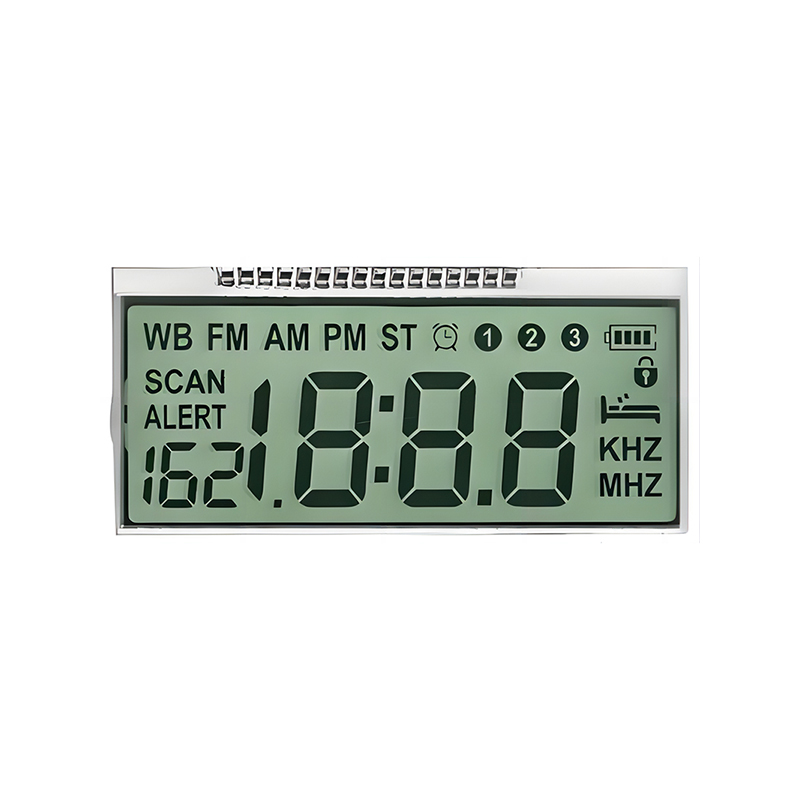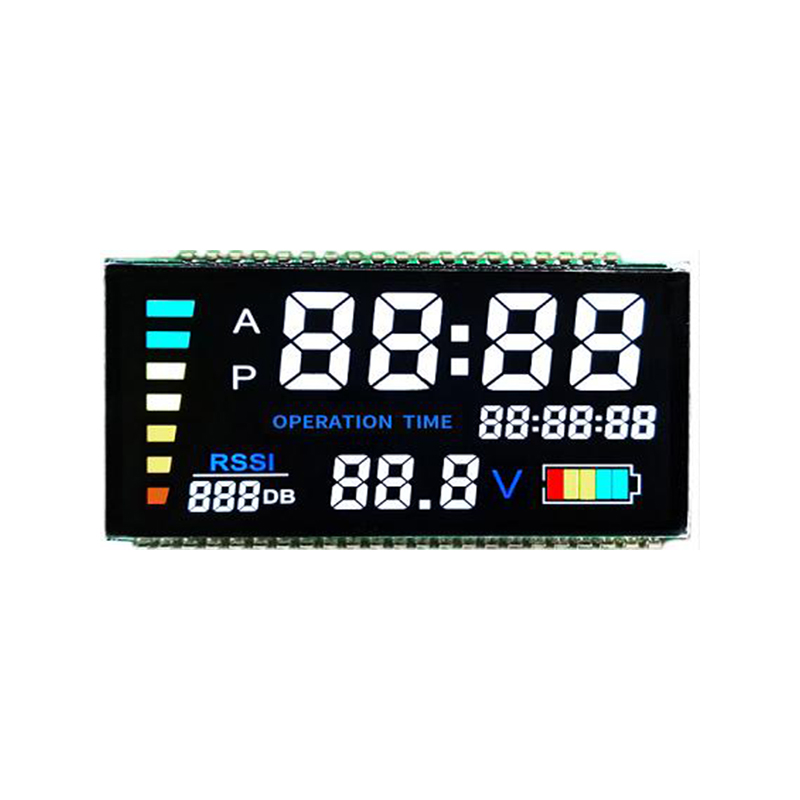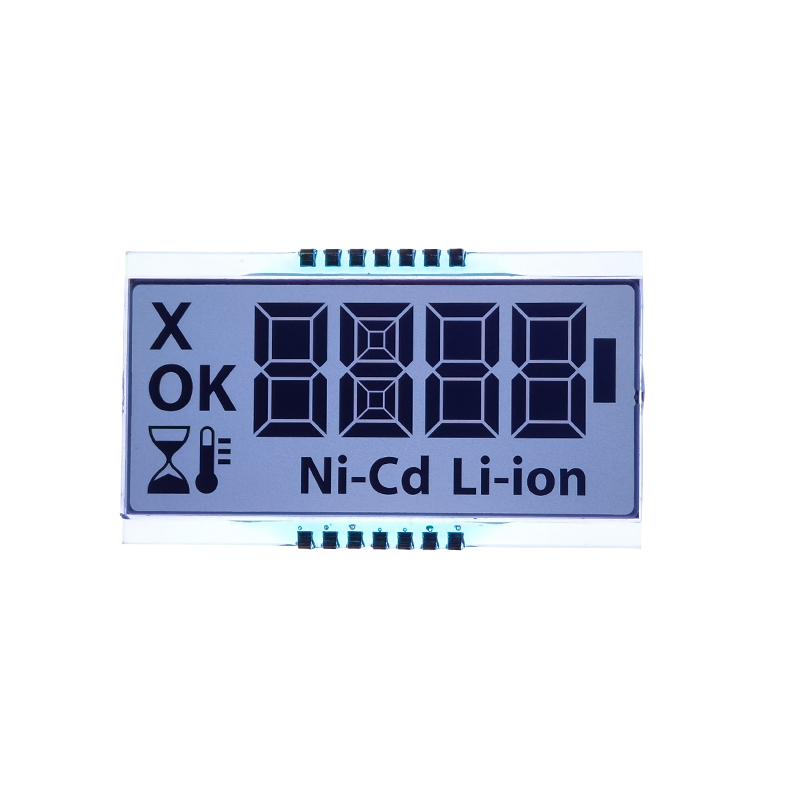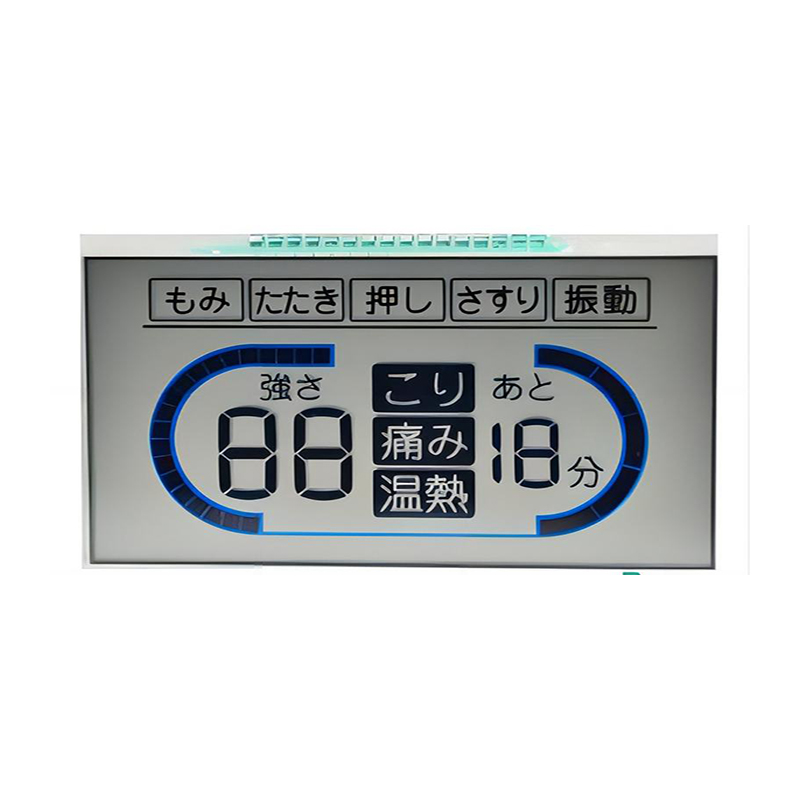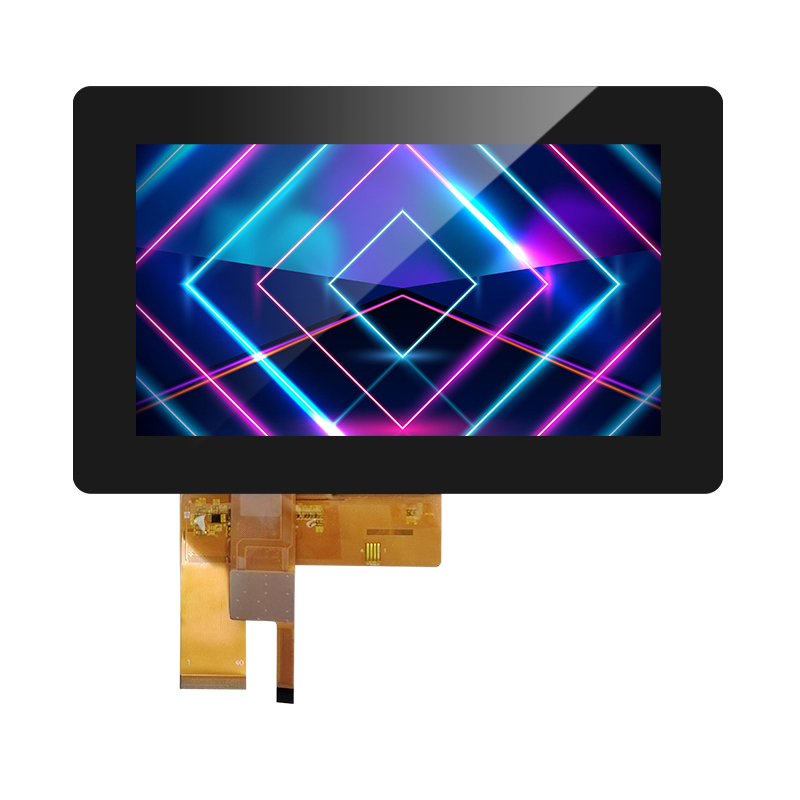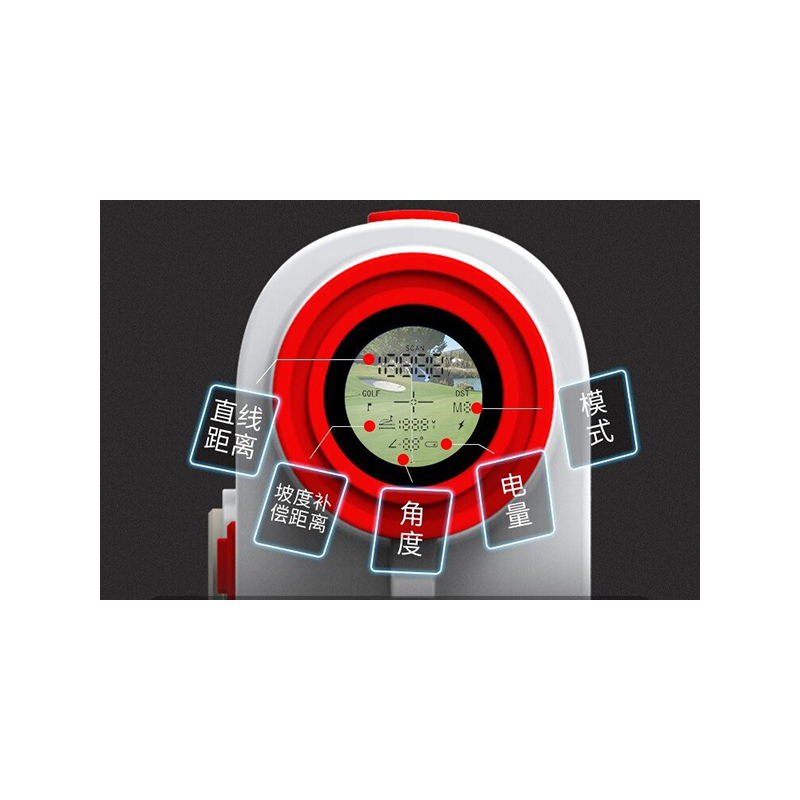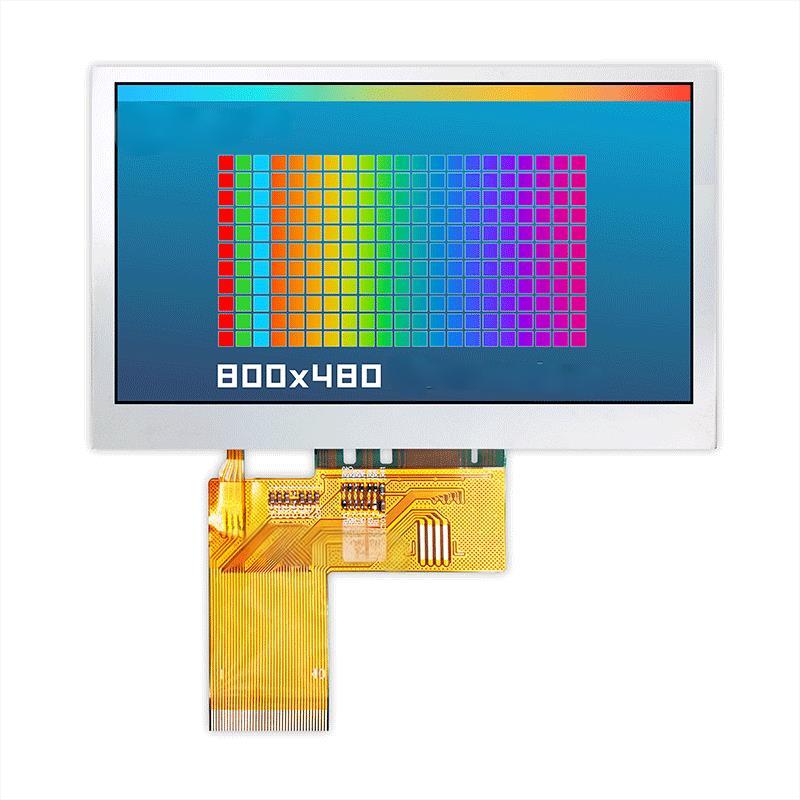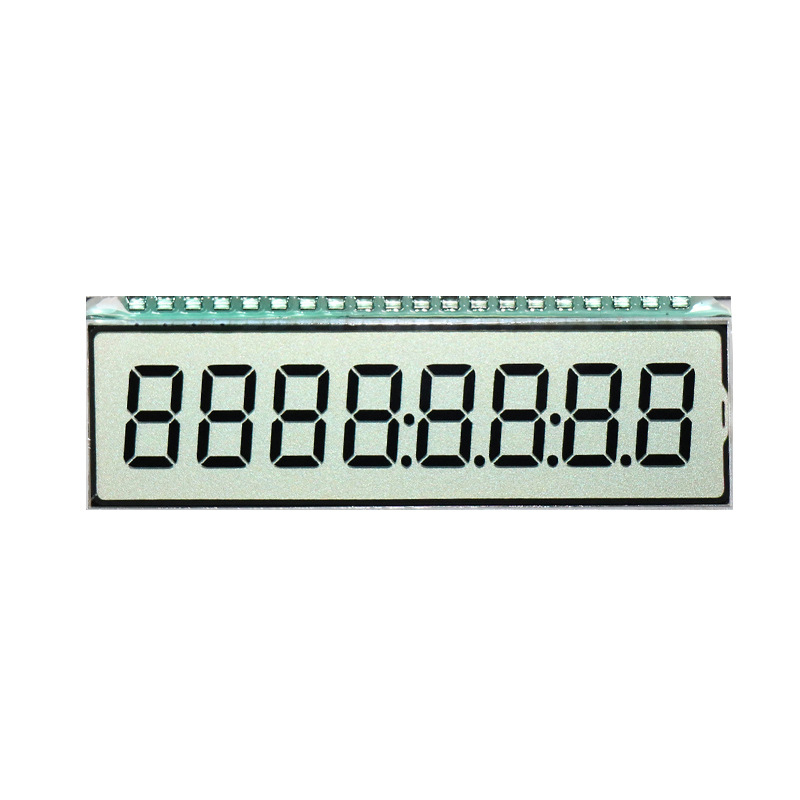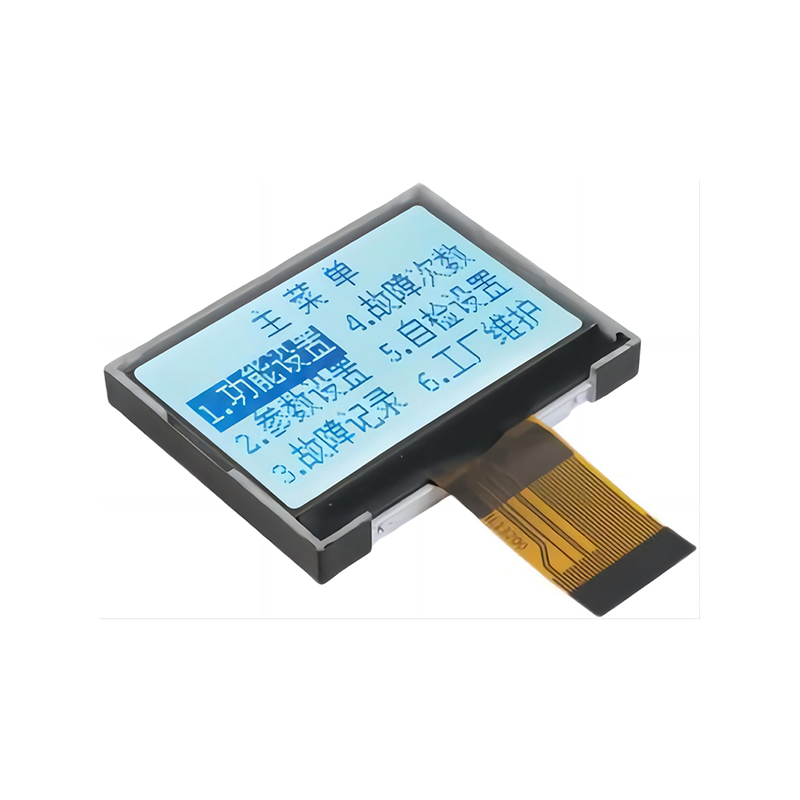
This comprehensive guide explores the nuances of NTSC TFT displays, helping you understand their specifications, applications, and how to select the optimal display for your needs. We'll delve into key features, common uses, and factors to consider when making your purchase decision. Learn how to compare different models and ensure you choose the right display for your project.
NTSC TFT displays are liquid crystal displays (LCDs) that utilize Thin-Film Transistor (TFT) technology to individually control each pixel. The NTSC designation refers to the National Television System Committee standard, which specifies the color gamut and other video parameters. This means these displays adhere to this standard for color reproduction, ensuring accurate and vibrant colors. Unlike other standards, NTSC prioritizes color accuracy and a wider color gamut, making it ideal for applications requiring high-fidelity color reproduction.
Resolution, expressed as width x height (e.g., 800x600, 1920x1080), determines the sharpness and detail of the image. Pixel density (pixels per inch or PPI) impacts the clarity and crispness of the display. Higher resolutions and pixel densities generally result in sharper images, but come at a higher cost.
Brightness, measured in candelas per square meter (cd/m2), affects the visibility of the display in different lighting conditions. Higher brightness is better for outdoor or brightly lit environments. A typical range for NTSC TFT displays spans from 250 cd/m2 to over 1000 cd/m2 depending on the application.
The contrast ratio indicates the difference in brightness between the darkest and brightest parts of the display. A higher contrast ratio means deeper blacks and more vibrant colors. This is particularly important for applications where image quality is critical.
Response time, measured in milliseconds (ms), is the time it takes for a pixel to change from one color to another. Faster response times are crucial for applications involving motion, such as gaming or video playback, to minimize motion blur.
The viewing angle determines the range of angles from which the display can be viewed without significant color or contrast shift. Wider viewing angles offer greater flexibility in placement.
NTSC TFT displays find applications across various industries due to their accurate color reproduction and relatively high image quality. Common applications include:
Selecting the appropriate NTSC TFT display requires careful consideration of your specific needs and budget. Consider the following factors:
| Feature | High-End Display | Mid-Range Display | Budget Display |
|---|---|---|---|
| Resolution | 4K (3840x2160) | 1920x1080 | 1280x720 |
| Brightness (cd/m2) | 1000+ | 500-700 | 250-350 |
| Response Time (ms) | 1ms | 5ms | 10ms+ |
For a wide selection of high-quality NTSC TFT displays, consider exploring various reputable suppliers. Many manufacturers offer a range of options to suit diverse needs and budgets. For example, you can explore leading manufacturers and distributors online, comparing specifications and pricing to find the best fit for your project. For specialized needs, consulting with a display specialist might be beneficial.
Looking for a reliable supplier? Dalian Eastern Display Co., Ltd. offers a wide range of high-quality LCD displays. Learn more about their offerings and expertise in the field of display technology.
1 This information is based on general knowledge and industry standards. Specific specifications may vary depending on the manufacturer and model.
